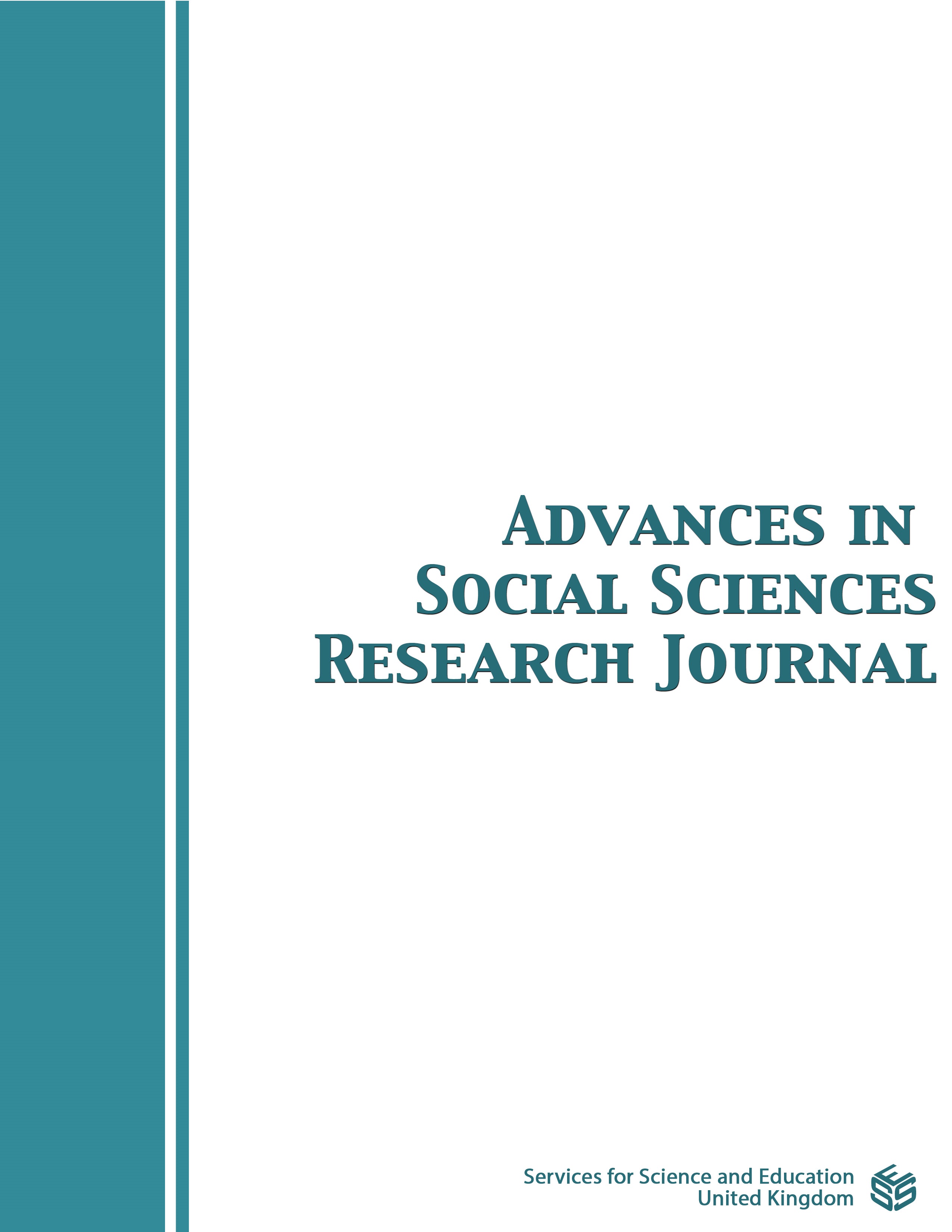Research on Middle School Chemistry Teaching Design Based on Real Problem Situation
DOI:
https://doi.org/10.14738/assrj.115.17009Keywords:
Problem situation, High School Chemistry, Teaching design, Chemical educationAbstract
In today's society, education in our country is showing an increasing trend of development. Chemistry, as a subject, has also made great progress. Most of the chemistry teaching models we remember from our childhood are to instil concepts, memorize concepts and ignore the combination of concepts with real-life situations, resulting in a mechanized and monotonous approach to learning chemistry. As a result, most secondary school students are not very good at chemistry. The reason for this is that chemistry is a very logical subject, and a large amount of chemical knowledge can be memorized by students using only one-sided words, which is still a challenge for them to understand. However, interest is the most valuable asset of children, therefore, this paper will be based on the existing information, and combined with the current theoretical research and development trend, in-depth discussion of the importance of the problem contextualized chemistry teaching, and through practical cases to explore how to better integrate the problem context into the chemistry classroom.
Downloads
Published
How to Cite
Issue
Section
License
Copyright (c) 2024 Liming Wu, Xinyu Zhang, Lin Sun

This work is licensed under a Creative Commons Attribution 4.0 International License.
Authors wishing to include figures, tables, or text passages that have already been published elsewhere are required to obtain permission from the copyright owner(s) for both the print and online format and to include evidence that such permission has been granted when submitting their papers. Any material received without such evidence will be assumed to originate from the authors.






